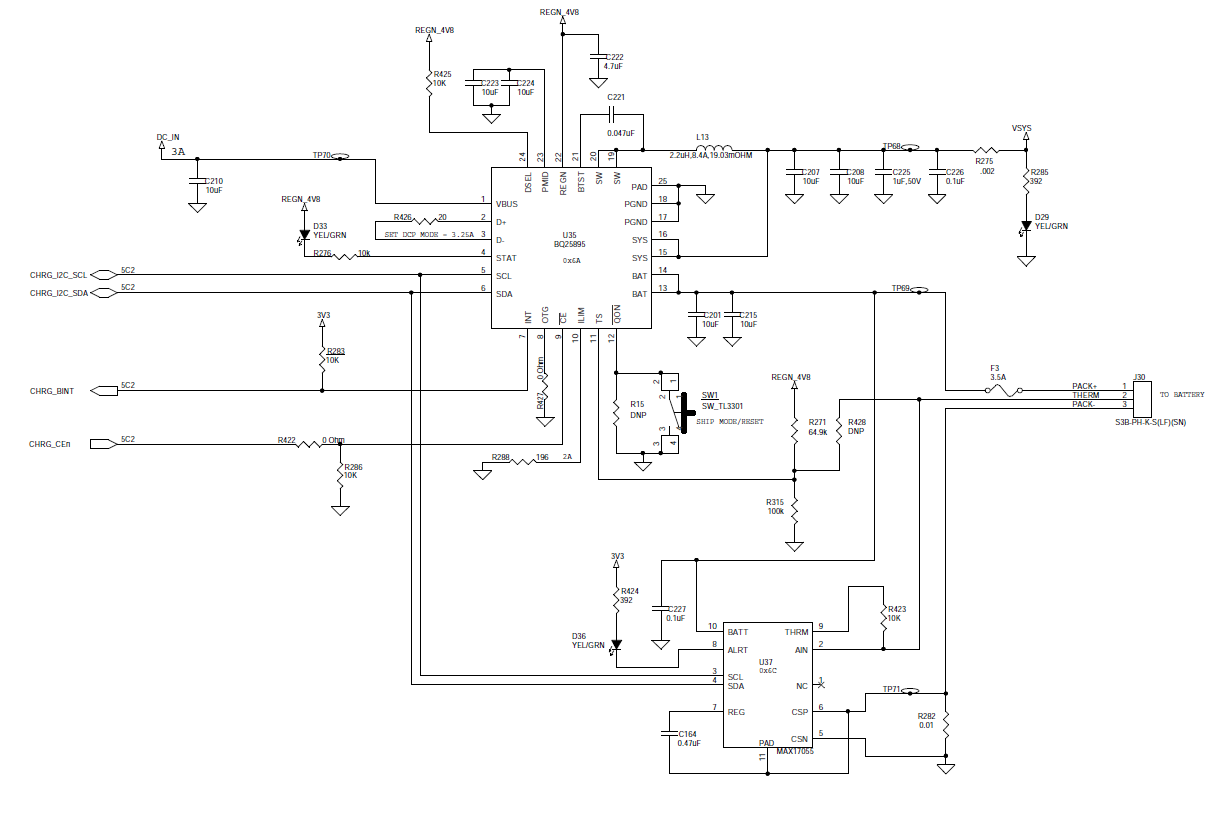Hello all,
I have a custom charger design that has two problems without a battery hooked up.
1) Without a battery the VBUS voltage will not pass through to VSYS. 5V in gets me 0.33V on VSYS.
2) Without a battery the I2C is not functional. The I2C bus has the required pull-ups going to 3.3V and the 3.3V is present.
Once I plug the battery, I can remove it and still have VSYS and I2C functional.
Thanks.
-Jeff


